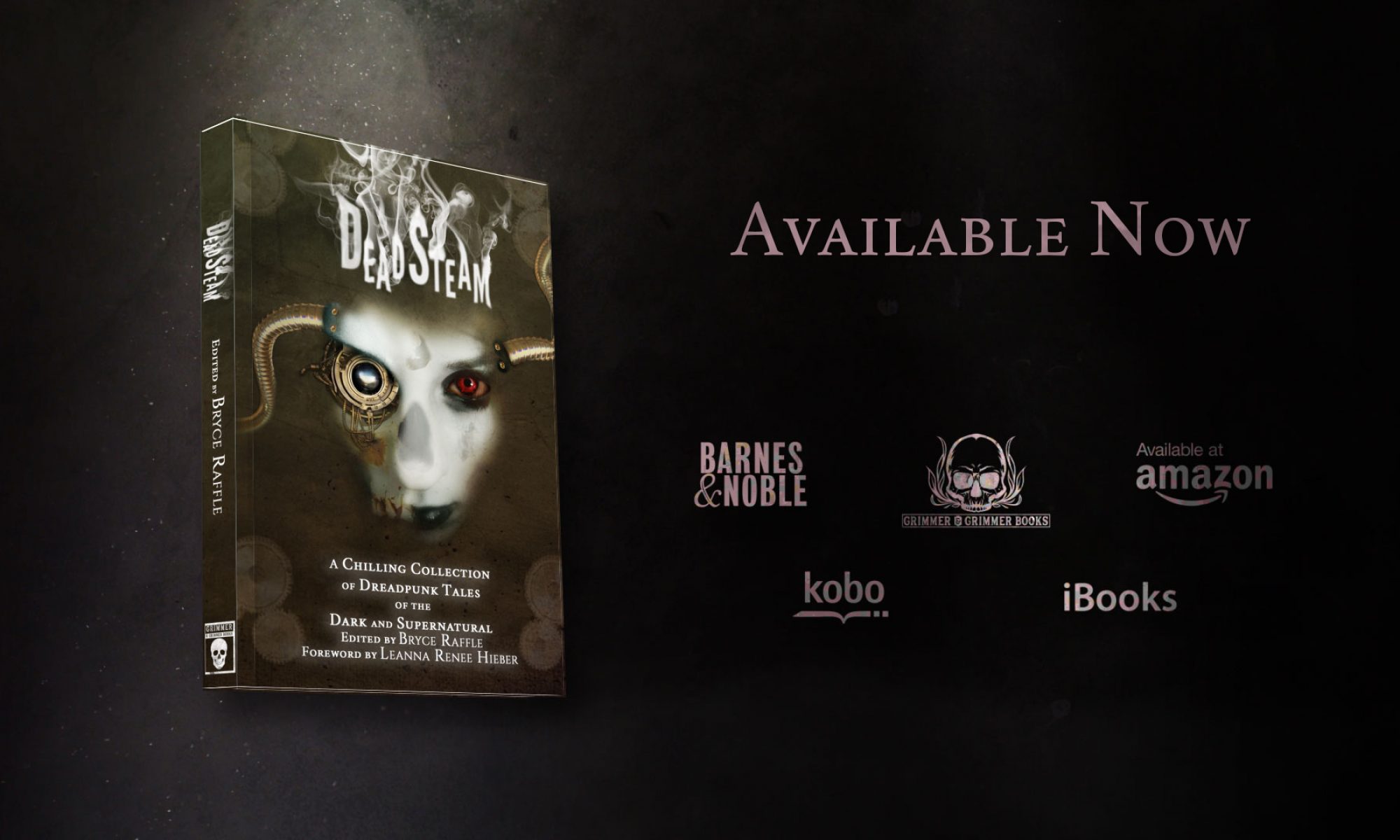Lately, I’ve been struggling to make progress with my draft of Dead London.
I had a solid beginning, but I couldn’t figure out how to get from beginning to end. I began to feel like I was never going to get anywhere. Eventually, I came to the conclusion that I was missing something crucial structurally. Without proper story structure, I could never hope to get anywhere. So I started digging through the internet to see what other writers had to say about story structure. That’s when I realised…
There was so much I didn’t know about story structure, I was like a skydiver, jumping without a parachute. No wonder my story kept plummeting.
Much to my surprise and delight, story structure can be broken down into different parts: these components even have names. I had heard of some of them. The Inciting Incident. The Climax. The Resolution. But there were other plot points that I didn’t know much about. Pinch Points. The First Plot Point. The Key Event.
The First Plot Point
Of the many websites I came across, this one was one of the best. And the author writes dieselpunk!
“The first plot point is the moment when the setup ends, and your character crosses his personal Rubicon. But this isn’t just an event that happens to him…This is an event that either incorporates or is directly followed by the character’s reacting in a strong and irrevocable way.”
The more I read up on the First Plot Point, the more I began to wonder what mine was. Not a good reaction to have. You would think that I would know my story so well that once I understood what the First Plot Point was, I would know immediately what mine was. I had to give it a lot of thought. Eventually, what I realised was that I’d put my First Plot Point too early. Much too early. The First Plot Point should occur around the 25% mark. Mine happened around the 3% mark. Again, way too early!
From the same website:
“If you’ve ever watched or read a poorly plotted story that skipped or postponed the first plot point, you probably instinctively sensed the story was dragging. Likely, you grew bored and got up to do something else without finishing the story. No first plot point means no turning point means the first act drags on too long—or, conversely, if the first plot point takes place too early, the second act drags on.”
Finally, I had figured out one of the major problems with my story structure. At last, I was ready to get back to writing. With a few changes to the first couple of scenes, I shifted my first act to avoid that First Plot Point from happening right away. Then it was just a matter of coming up with a new First Plot Point. I think I came up with a good one. Dead London is a zombie novel, so the First Plot Point had to have something to do with zombies. I won’t say more than that because spoilers. But what I will say is that after fixing the end of Act One with a solid First Plot Point, I finally feel like I’m on track to write the novel I initially set out to write.
Hopefully this helps someone else as much as it helped me! Now that I’ve got the First Plot Point down, I’ve got to nail the First Half of the Second Act. Then onward!
